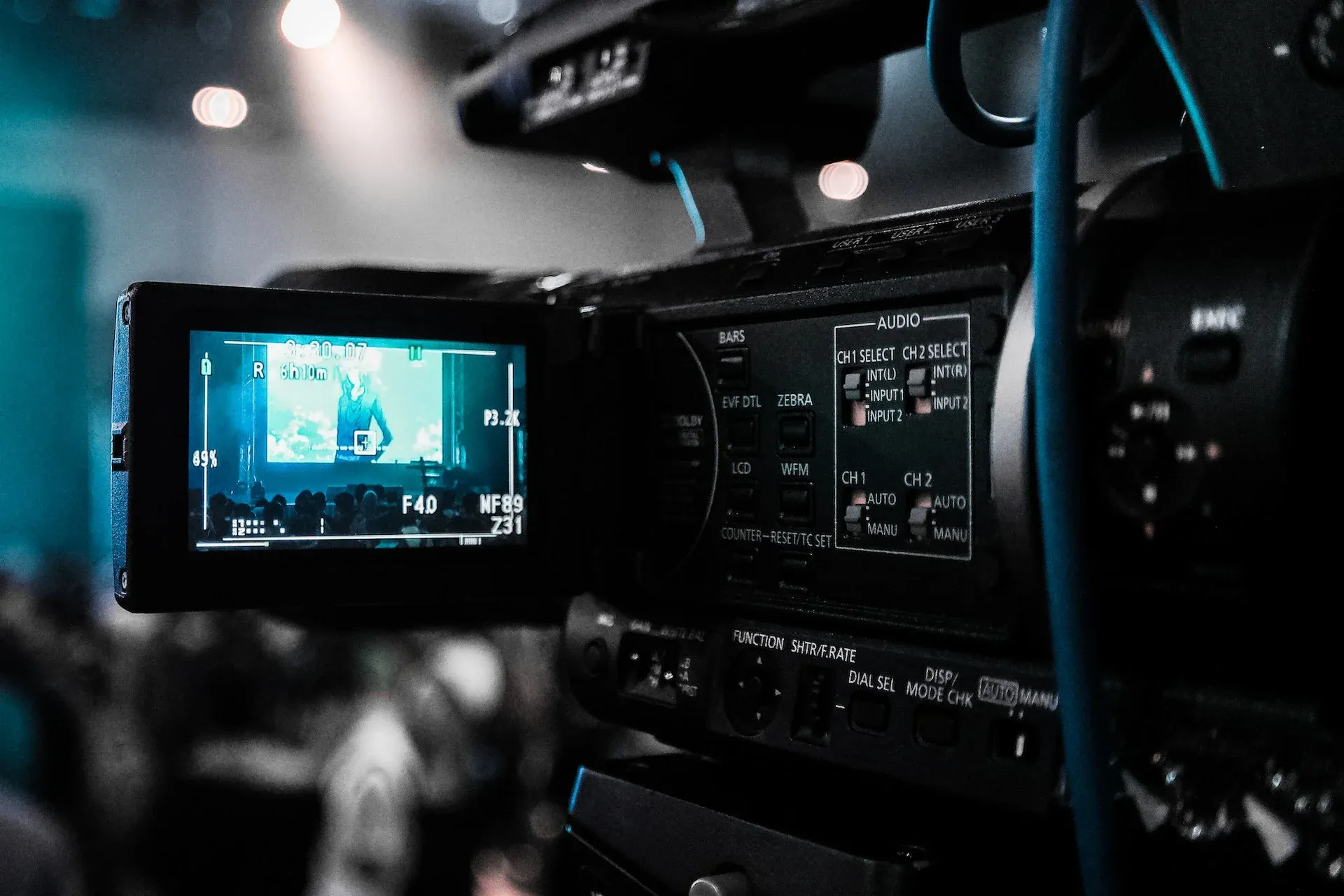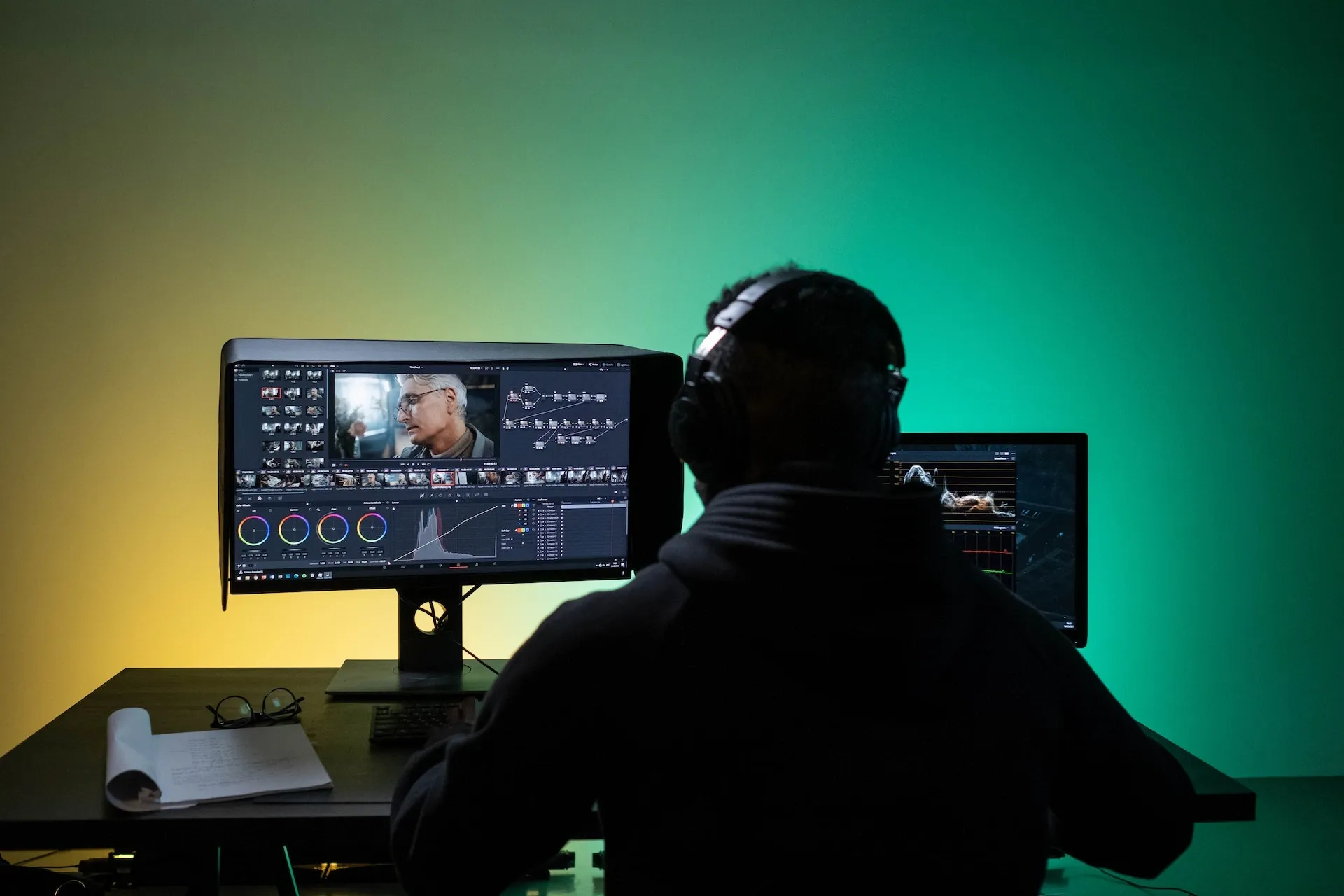10 video editing mistakes to avoid
Video editing is an essential step in your content creation journey. Here are the 10 video editing mistakes you should try to avoid.

Video editing is an essential step in your content creation journey. Here are the 10 video editing mistakes you should try to avoid.
How do you identify errors in editing?
You’ve been editing your footage for hours. Days. Weeks. We’ve been there. You’re proud of your content and want to nail it, but sometimes you’re just too close to the product. In order to weed out video editing errors and create a killer video, take some time away.
Come back to the edit with a fresh pair of eyes the next day, ask your colleagues to check it, or even ask people who have no connection to the work. Sometimes, a friend who works for the postal service is better at spotting common video editing mistakes than the person who’s spent hundreds, nay, thousands of painstaking hours piecing everything together.
What should you avoid in video editing?
There are so many wins to celebrate when creating content; you’d be forgiven for glazing over the imperfections. Let’s run through ten video editing mistakes to avoid.
Flash frames
Flash frames are one of the most common video editing mistakes because of the sheer amount of files included in one project. They’re easy to miss. Essentially, a flash frame is an editing error that happens when footage is left over.
For example, you could cut from one shot to another, but you accidentally place the second shot just one or two frames off – frames from the first shot will ‘flash’ at the beginning of the second shot. It’s not a biggie; sometimes, people don’t notice it. But if they do, it can pull viewers out of the experience.

Match frames
Someone’s talking. It’s a great shot. You cut to another shot of the same person talking, and it’s… very similar. Too similar. These are video editing mistakes called match frames, which can interrupt the flow and confuse – or even bore – your viewers. Avoid match frames by using cutaway shots that jump to different angles and subjects.
Jump cuts
Jump cuts aren’t necessarily video editing mistakes if they’re done properly. You’ll often find them in TikTok and YouTube videos, where a chunk of the action is skipped over between one shot and the next.
For example, someone reviewing makeup might use jump cuts to move from unboxing to application to the finished article in quick succession – it makes sense because it creates a fast-paced, hyper vibe. That might not work for a short documentary about apes, so avoid jump cuts by cutting on actions.
Color grading
Think of movies that look incredible. Mad Max: Fury Road. Amelie. Iconic films that use color grading to achieve a certain effect. Without color grading, your footage will seem uneven and unprofessional – get your video editing software up and running and make that content look fresh!

Poor organization
Another common video editing mistake is simple: you’ve not organized your project. As an editor, your job is to edit in a way that could be easily continued by someone else. In a good edit, another person would be able to find the latest sequence and continue cutting. They won’t have to ask if ‘Pool_868949_DOG’ or ‘Pool_868948_DOG’ is the preferred file. They needn’t worry about where your B-roll footage is saved. Organization doesn’t seem exciting, but it’s vital to maintain a healthy workflow.
Weird tones
This isn’t a technical video editing mistake – it comes down to taste. If you choose goofy transitions for a serious drama, the vibe disappears. Likewise, dropping a lo-fi ambient track during a car chase probably won’t deliver the full-throttle pace you want. Content tonality is so important, and covers much more than the footage itself.
Graphics aren’t nailed
Like unwanted datamoshing or lack of color grading, graphics can make or break a piece of content. Graphics are extra visual components like customized title cards, animation and so on that enhance the content. They shouldn’t distract the viewer or take focus from the content’s narrative and visual goals. Keep them straightforward and consistent, and if you really want to push the boat out, consider hiring a professional to create customized graphics.

What is the 321 rule in video editing?
Forgetting to save
Enable autosave. Save to the Cloud. Save to an external hard drive. Save your project to at least three separate locations – this is called the 321 rule, and it can spare you a headache. A corrupted or crashed file is one of the worst things that can happen when you’re editing content.
Audio syncing
Ouch. This one hurts. You’ve spent hours tweaking your footage, aligning your frames, weaving the audio in and out and… it’s off. Something is off. When you move clips around the project timeline, it’s easy for sound to get knocked out of sync. It’s a common video editing mistake and sometimes pretty hard to notice!
Bad music
Bad music kills good video. Don’t let an ill-fitting song break your content’s flow. Check out our catalog of 50,000 tracks, ready to use with an active Epidemic Sound subscription.

Are you a video editor or filmmaker? Whether you’re an absolute master or just a beginner, discover what Epidemic Sound has to offer in our Epidemic Sound for Filmmaking page. Oh, and if you’re looking for some music for video editing, check out our dedicated page.
Related posts:

